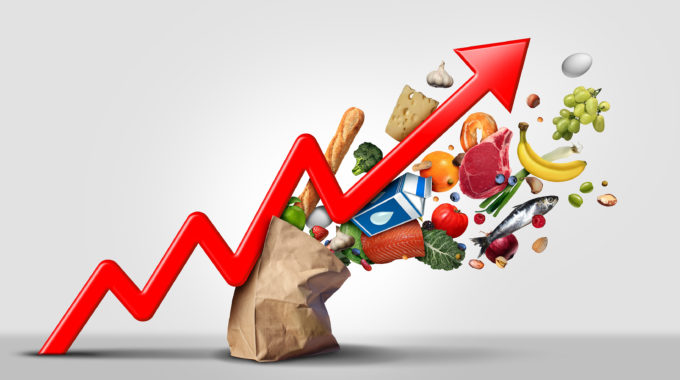Cost crunch: food prices soar
Many Australian families are really feeling the pinch as cost-of-living prices hit new heights. A perfect storm of problems has seen an increase in the cost of everything from fresh food to your daily flat white. We take a look at what’s causing these price rises, and how you can shop a little smarter and ease the blow to your hip pocket.
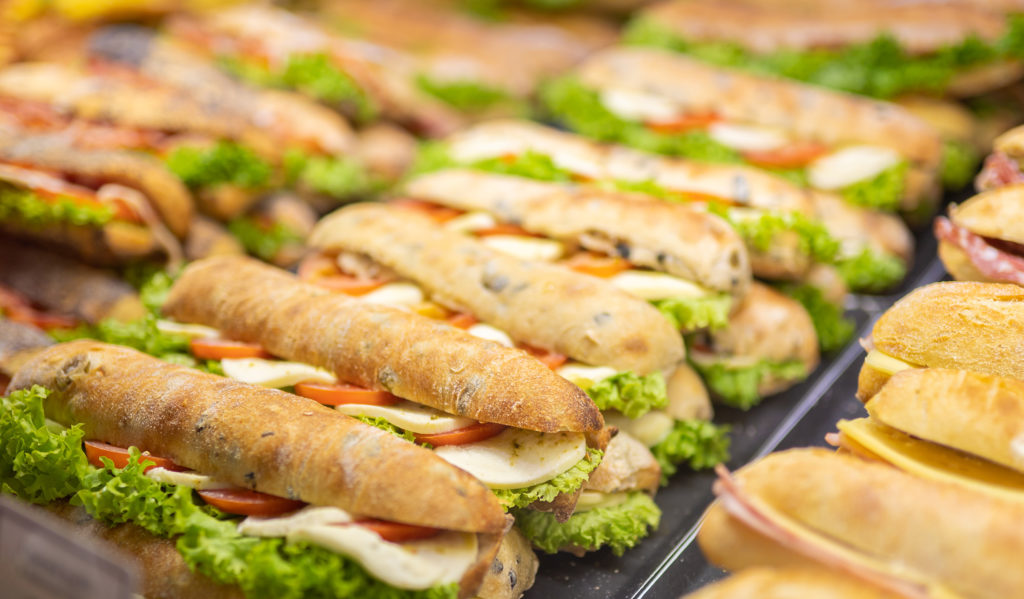
Lunchflation looms
If you’re buying your lunch every day, you’ll no doubt have noticed it’s costing you more. Technology business Square has collected data from restaurants and cafes around the country and says a “lunchflation” effect is hitting popular food items. The average price of sushi has increased by 27 percent, while kebabs are 15 percent more expensive than last year. In Australia’s major cities, the average price of sandwiches and burgers has risen by 28 and 14 percent respectively. According to Square Australia’s head of business development, Colin Birney, these price increases have been caused by supply issues, shipping and freight costs, the recent flooding events in eastern Australia and COVID-related problems.
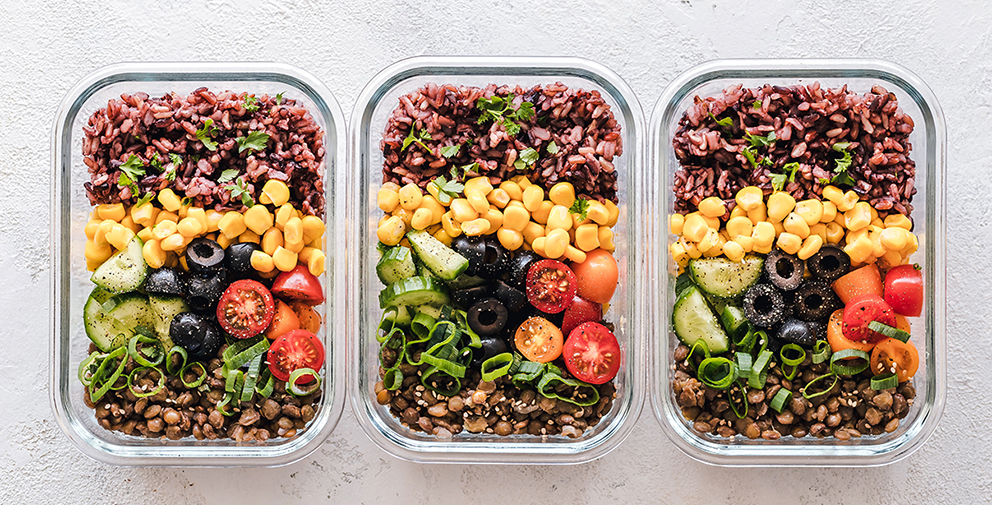
Bag yourself a cheaper lunch
The simplest way to save money on workday lunches is to bring your lunch from home. Plan ahead when you’re making dinner to ensure you have enough food left over for the next day. Using up leftovers isn’t just a great way to reduce food waste; it can also save you money when lunchtime rolls around. Bulk cooking and freezing meals ahead of time can also ensure you always have a tasty meal ready to go.
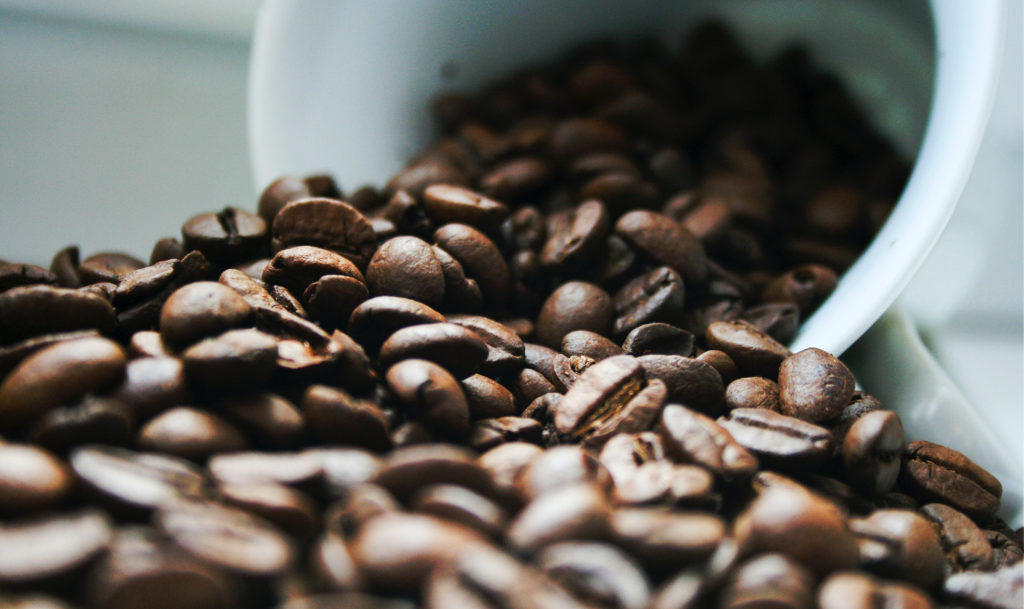
Your cup runneth over
That daily coffee looks like setting you back more than usual for a while. Brazil, one of the world’s major coffee exporters, recently experienced severe frosts, which destroyed up to 10 percent of the nation’s crops. This has created a worldwide shortage that’s pushing up the price of beans. Skyrocketing shipping costs have also increased the price of coffee imports. All of this has forced cafes to bump up prices to cover overheads. The president of the Cafe Owners and Baristas Association of Australia, Dave Parnham, recently told ABC News that consumers could expect to pay up to $7 for a regular cup by the end of the year.
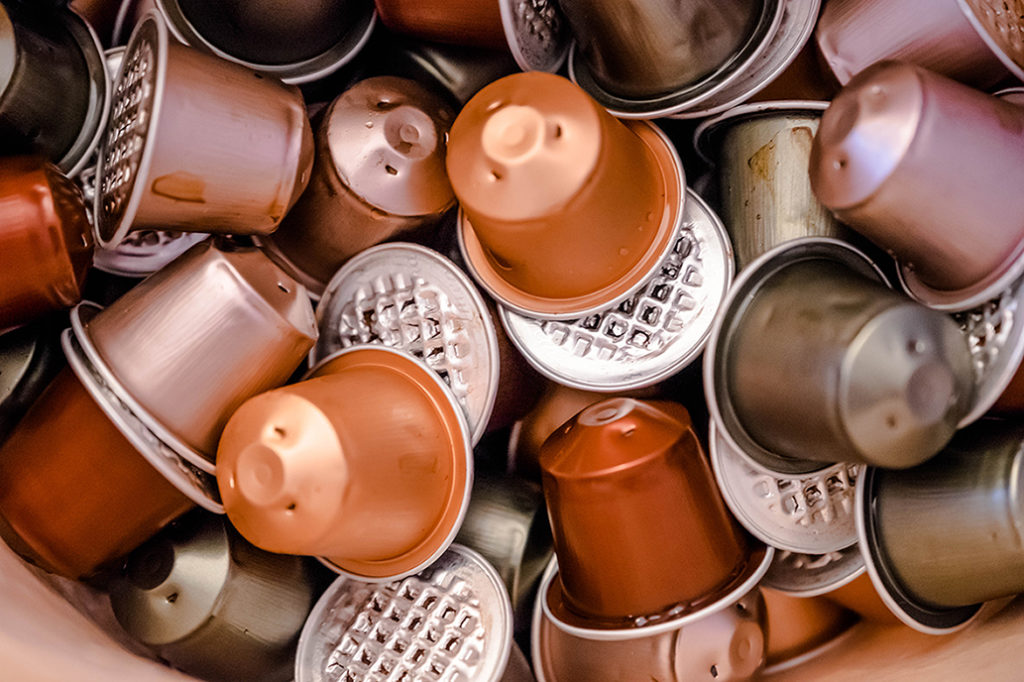
Budget brews
So how do you maintain your daily caffeine fix without going broke? You can always invest in a coffee machine. Both the traditional kind and the newer pod machines can save you money after the initial outlay. However, there are environmental issues with coffee pods, so if you go down this route, make sure you choose pods that can be recycled. And then recycle them. Or you can bite the bullet and switch to instant.
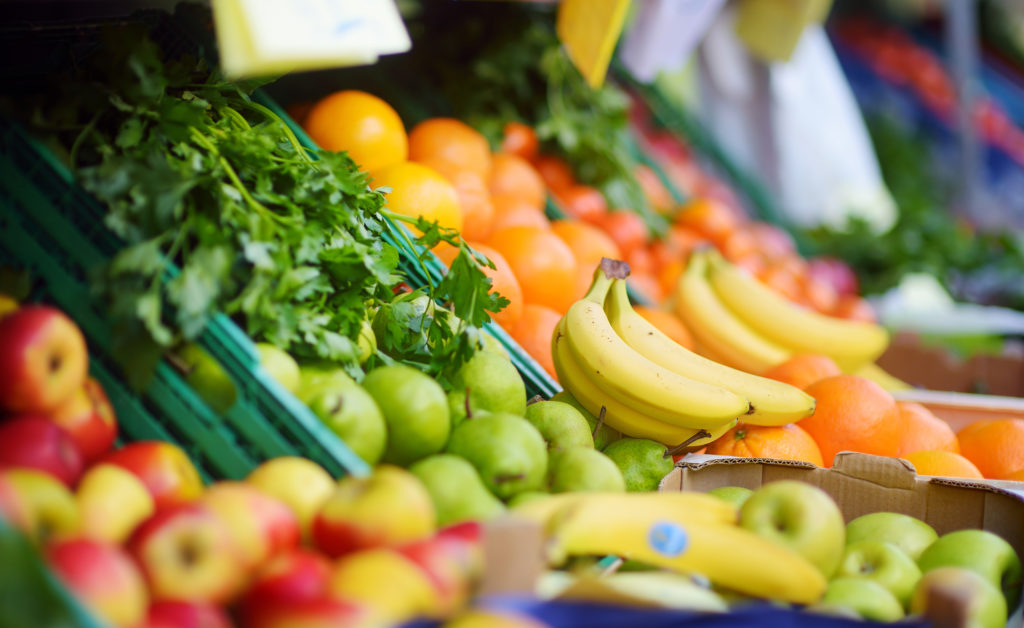
Pricey produce
Our fresh food producers are also facing a world of problems. Along with increased fuel costs, farmers are now dealing with soaring fertiliser prices. Russia is the world’s largest fertiliser exporter. With trade sanctions in place due to the war in Ukraine, supply is now limited. This has led to soaring fertiliser prices, putting further financial strain on farmers. Throw ongoing workforce shortages into the mix, and farmers are struggling to break even. Some have been forced to scale back on the volume of crops they’ve planted, which will ultimately affect supply. The recent flooding events in NSW and Queensland has also caused supply issues, with many fruit and vegetable crops destroyed.
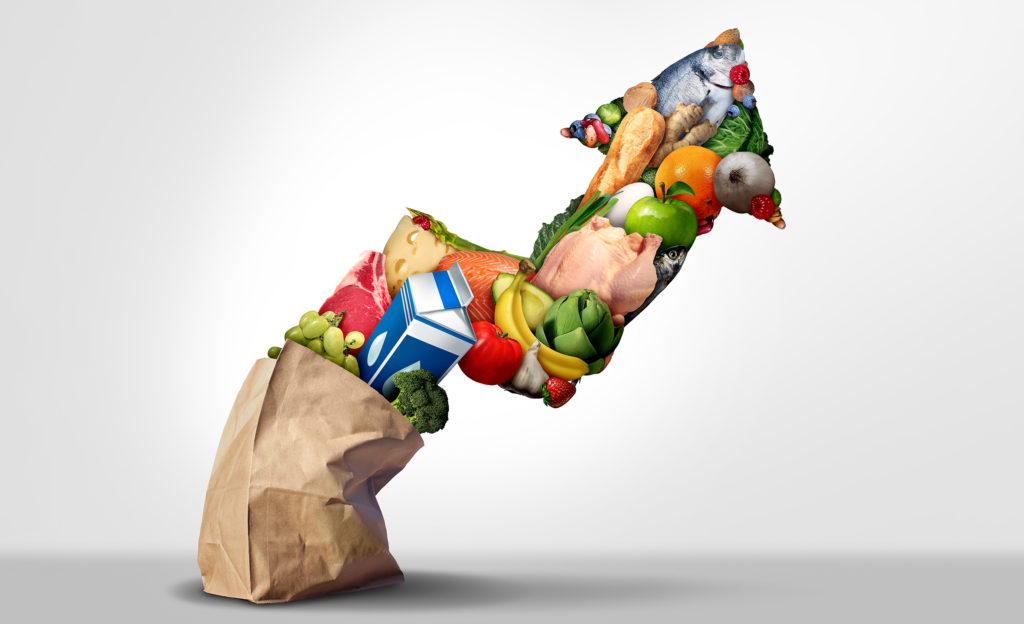
Staple strain
With production costs up and supply down, this means that price rises need to be passed on to supermarket shoppers. Woolworths recently released a statement indicating that supermarket prices across the board could rise by two to three percent. It’s not just fresh fruit and veg; everything from meat and bread to chocolate are also climbing in prices. This is due to wholesale cost increases from suppliers. Again, it’s been caused by everything from floods to the cost of fuel. And before you resign yourself to baked beans on toast every day, even canned food prices are on the increase. SPC has announced that the price of canned baked beans and spaghetti could increase by up to 20 percent. But there are ways you can get around these higher supermarket prices: shop local.

Loving it local
Rather than shopping for fresh produce and food staples at the supermarket, you can always head to your local farmers’ market to stock up. Because farmers’ markets are supplied by local producers, costs associated with transport are greatly reduced.
You might also want to consider joining a food co-op. These are organisations large or small made up of a group of people who’ve decided to get together to buy food. They’re usually not-for-profit and allow their members to purchase locally produced food in bulk. This results in cheaper and fresher produce that comes directly from farmers or wholesalers.
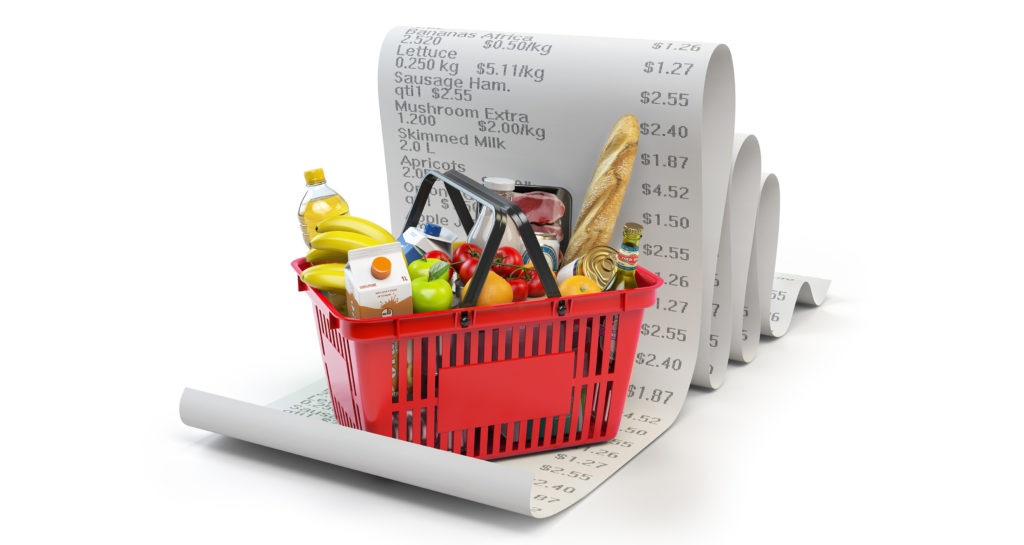
5 tips to save your dough
Want more ideas on how to avoid a food budget blowout? Jo Munro from The Savvy Shopaholic shares her top tips to help Aussie families shop smarter.
1. Plan your weekly meals
Making a meal plan will help you save both time and money in the long run. By knowing exactly what you’ll be cooking each week, you’ll buy only the ingredients you need. Plus, a weekly meal plan will help avoid any pricey last-minute takeaway orders.
2. Make a shopping list – and stick to it
Saving money on groceries starts with a good plan. To avoid impulse traps at the supermarket, make an exact list of all the ingredients you need… and none that you don’t. This way, you’ll stick to buying food that has a purpose and avoid unnecessary purchases.
3. Buy what’s in season
Look for recipes that use seasonal ingredients and have them on rotation throughout the year. Seasonal produce is good quality, more nutritious, locally grown, plentiful and less expensive. Buying off-season is more expensive. Generally, the produce is also not of good quality, as it’s likely been sitting in cold storage for a long while.
4. Go for value rather than cheap
Always look for the best value, rather than what’s cheap. Buying the cheapest option might seem like the best way to nab a bargain, but cheaper foods can perish more quickly. Look for the best value by opting for well-sourced, quality local ingredients for a good price.
5. Use a meal kit delivery service
Meal kits can be a very effective option for budget-conscious consumers, as they provide a clear and consistent cost per meal. EveryPlate is Australia’s lowest priced meal kit service, starting at $3.98 per plate. It’s perfect for Aussies looking for a budget-friendly meal kit with good quality ingredients, to give you control of your meal planning and weekly budget.
EveryPlate is now available for delivery in NSW, Vic, ACT, Qld and WA. It’s offering an introductory discount from $2.39 per plate when ordering your first box. Eativity readers can claim their discount here.


